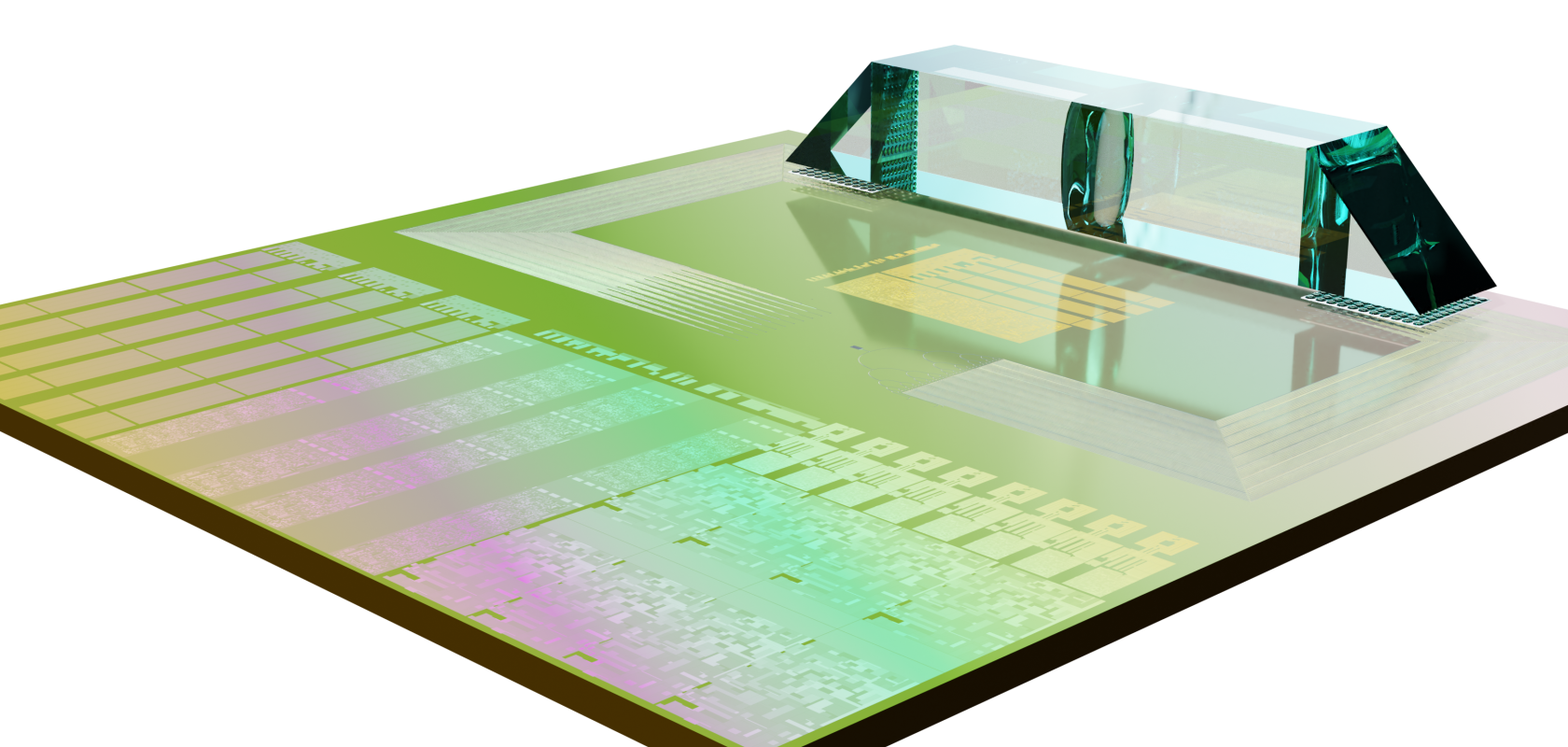Optalysys has announced that its E series of optical processing technologies enable Fully Homomorphic Encryption (FHE) by significantly reducing the time taken to perform Fourier Transform functions. One scenario where this type of encryption could be used is to enable sharing of sensitive patient data or to provide cloud services that make use of patient medical data.
Designed for integration into other architecture (GPUs/ASICs) as the Etile, as a separate chip called the Echip or as a plug-in card called the Evo, the E series of products promises to address the obstacles to widespread adoption of FHE.
FHE is an encryption method that allows computers to perform the full range of computing operations on data while it is still in an encrypted state, providing opportunities for performing machine learning and other data science techniques on data sets whilst never revealing the content of that data. With FHE, information remains secure at every stage of a transaction, so the owners of the data (be they companies or individuals) can be assured that their information is fully protected.
Fully homomorphic encryption (FHE) is not new (the first example was demonstrated in 2009) but thus far it hasn’t been practical to use because of the computing capacity required. Advances in the fundamental mathematics of FHE have yielded massive gains in efficiency, but even continuous developments in the power of computing hardware haven’t been enough to make it a practical reality.
At the cryptographic heart of FHE is the need to repeatedly multiply together two large arrays of numbers arranged in structures called polynomials. This task can be made much faster and more efficient through the use of a mathematical tool called the Fourier transform. Modern FHE libraries make extensive use of highly efficient implementations of the Fourier transform, but on electronic systems, even these optimisations aren’t sufficient to close the hardware gap.
Optalysys reports that the E series of optical processing technologies provides the solution to this problem by performing these critical Fourier Transform functions much faster than was previously possible. Shattering the theoretical limits of the electronic implementation and opening the door for a new era of hyper-efficient computing applications.


